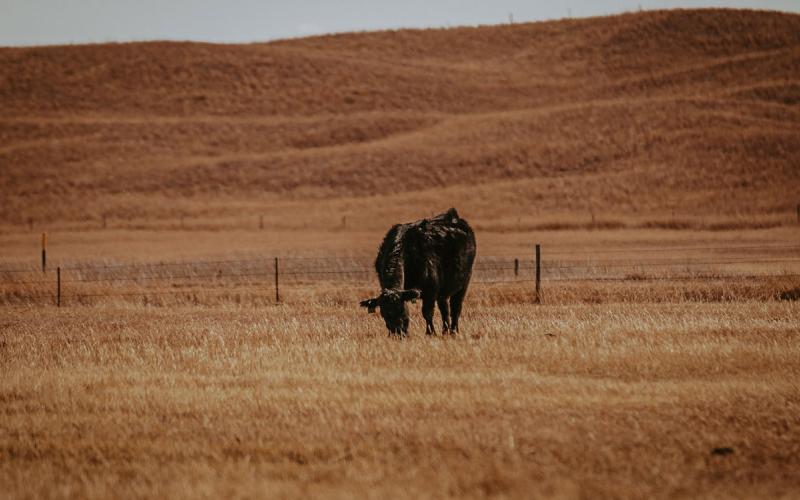Search

The Health Benefits of Volunteering
Research indicates that volunteering brings substantial health advantages, particularly for older adults. Learn how you can get involved to make a difference in both your personal health and your community!

The Importance of Sleep in Managing Chronic Conditions
A good night's sleep is instrumental in giving us the energy we need to manage our chronic disease and our everyday activities that lead to a healthier life.

Meeting Cow Requirements While Winter Grazing
Regardless of grazing strategy, it is critical that producers provide proper supplementation to allow cows to meet nutrient requirements throughout the winter grazing season.

Protein Options for Christmas
We often look forward to carbohydrate-dense foods around the holidays, but what about protein? Learn some protein-dense meal and snack ideas to keep your body fit and fueled this holiday season!

Strategies to Avoid Sugar Rushes and Crashes: Protein, Movement, and Consistency
Sugar rushes and crashes can happen to both youth and adults—especially during the holidays. But what is going on in our bodies to cause them? And how can we avoid them?

Carbon Markets and Beef Production: Overview
Learn about the Carbon Markets and Beef Production program, which aims to demystify many of the aspects of greenhouse gas emissions, climate-smart agriculture practices, and carbon markets for producers and landowners.

Fit and Healthy Kids
Fit and Healthy Kids is a team of Early Childcare experts from across the United States who offer online training opportunities. The programs feature experts sharing evidence-based practices, resources, ideas, and the latest in research.

Nutrition and Dementia
There are many lifestyle changes that can be made to manage symptoms or reduce the risk of developing dementia. But what role does nutrition play?

Where Can Family Caregivers Turn for Help?
Family caregivers often find they do not know where to turn for help and support during their caregiving journey. The following resources provide information and organizations that may be useful to anyone who is a family caregiver.

Hot Springs to host SDSU Extension 2024 Energize Conference
December 29, 2023
South Dakota State University Extension Community Vitality and the community of Hot Springs will host the 2024 Energize Exploring Innovative Rural Communities Conference on May 22 and 23, 2024.